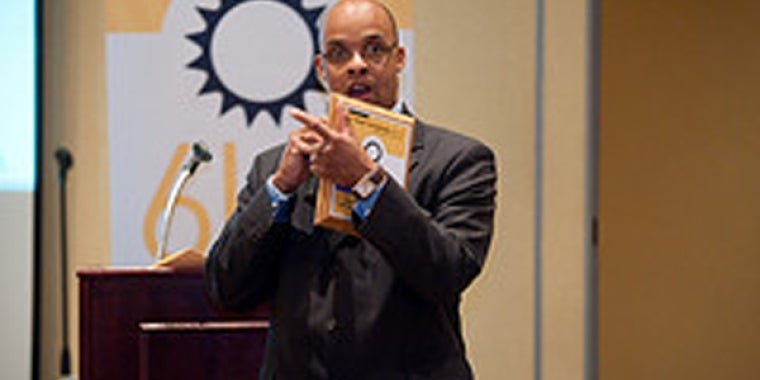
Thompson passes Red light camera bill for Buffalo & Rochester
Antoine M Thompson
April 6, 2009
Bill will implement cameras in three municipalities; increasing revenue and driver safety
Albany, NY- For the last two years, Senator Antoine Thompson (D-Parts of Erie & Niagara Counties) has presented legislation to the New York State Senate which would introduce the use of red light cameras in Buffalo and Rochester.
"The red light camera bill is an effective way of enforcing traffic law, preventing accidents and increasing local revenue," stated Senator Thompson. "While law enforcement is conscientious of speeding and red light runners, they cannot continually monitor every intersection and red light cameras provide a significant increase in enforcement."
This is technology that, once a traffic light turns red, a camera turns on and records any license plate in the designated area. In New York City, this is often people who "block the box" and disrupt the flow of traffic; in locales such as Nassau and Suffolk County and Yonkers, as well as Upstate cities such as Rochester and Buffalo, it is typically people speeding, who drive through red lights placing themselves and others at great risk. This bill allows for fifty red light cameras to be sited in each location.
¬Acc¬ording to the Insurance Institute for Highway Safety, twenty-two percent of all traffic accidents in the United States are caused by drivers running red lights. Every year, these accidents kill some 800 people and rack up an estimated $7 billio¬n dollars in property damage, medical bills, lost productivity and insurance hikes. This particular traffic violation seems to be on the rise. In many areas, red-light violations have increased by ten percent or more since the 1980s.
More and more cities are installing red-light cameras to get these kinds of traffic violations under control. These fully automated devices collect all of the evidence authorities need to prosecute light-runners. If a camera catches a driver speeding through an intersection, a ticket (along with a photograph of the violation) will arrive in the mail a month or two later.
Share this Article or Press Release
Newsroom
Go to NewsroomEnergy Photo
May 17, 2010
Energy Photo
May 17, 2010

Energy Photo
May 17, 2010

Energy Photo
May 17, 2010
